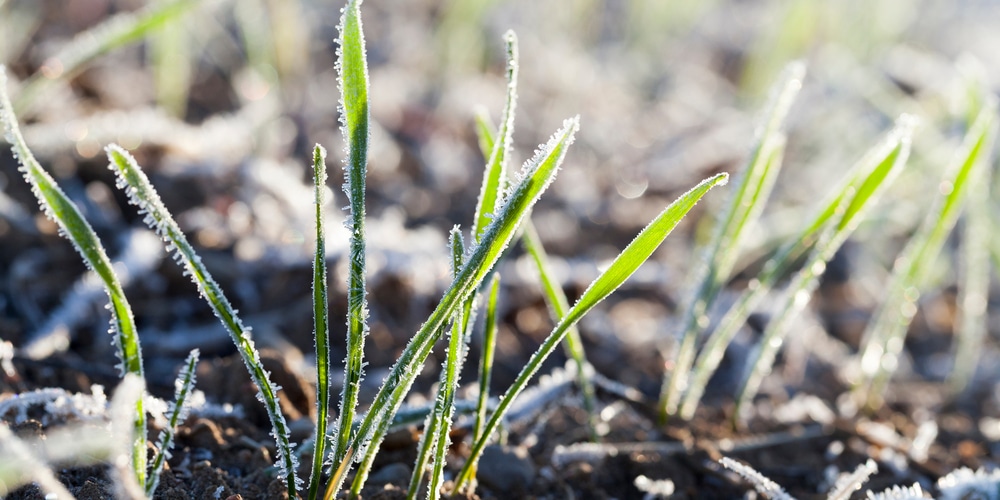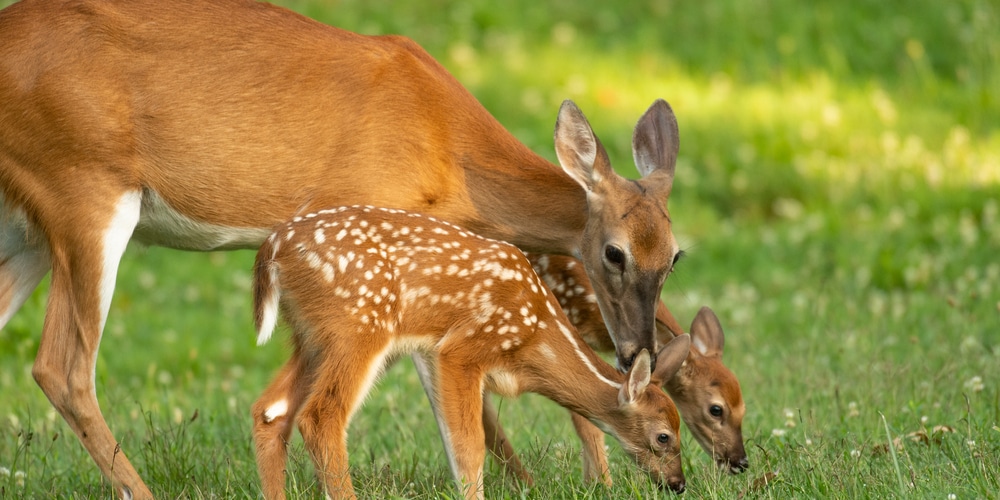All deer hunters understand that winter wheat is an important late-season food source for whitetails and other varieties of deer. Deer love winter wheat, particularly when it’s still green and growing. It’s also a good food source in the cold, harsh winters when food may be scarce. Let’s look at when to plant winter wheat for deer.
Not many hunters know how to time their hunting to take advantage of the nutritious crop. To be successful, you’ll need to know when to plant winter wheat and how late in the season it will be available. Planting in the early to late fall will allow your crop to grow and thrive throughout the winter.
Winter Wheat Planting Dates for Deer
 When to Plant Winter Wheat
When to Plant Winter Wheat
The best time to plant winter wheat is in the late summer or early fall.
When deciding when to plant winter wheat, you’ll need to consider the climate and weather conditions where you live. As a general rule, the crop needs to be planted from late August to early September.
In some areas, you can plant winter wheat in October or even November. As winter wheat is a cool-season crop, it needs warm days and cold nights to germinate. It would help if you waited until the nighttime temperatures consistently fall below 45 degrees Fahrenheit before planting your crop.
Winter wheat seeds should be planted at a depth of one inch for best results. The seeds germinate quickly and takes 4 to 5 weeks to grow.
Do deer like winter wheat?
The reason winter wheat is such great deer feed is that it produces large amounts of carbohydrates in an easy-to-digest form. Carbohydrates are the primary energy source for all deers, including whitetails. They also store easily as fat and protein, which makes them a perfect food source in the winter.
Winter wheat has very few natural enemies and can grow in poor soil as long as it’s not waterlogged. The only real problems you’ll have to watch for are disease and insect infestation. Most winter wheat is treated with fungicides and insecticides to control these problems.
The eating quality of winter wheat is very high, so it makes for excellent dryland hunting. Set up a stand on a small knoll overlooking a bedding area and some wheat, and you’ll probably see deer by the first week of October. This feeding pattern usually continues until early to mid-December, depending upon weather conditions.
You can harvest winter wheat in late summer/early fall.
Conclusion
Winter wheat is an excellent food source for deer and should be planted in the late summer or early fall between August and September. In milder areas, it can be planted slightly later in October or November. Winter wheat requires nighttime temperatures of between 40 and 50 degrees for it to grow well. The crop needs warm days and colder nights to help with germination.
You’ll likely attract deer early in the season with winter wheat, and you’ll also see plenty of them when other food sources become scarce after mid-December. Planting patches of fescue or ryegrass amongst the winter wheat may encourage deer to hang around as it will give them somewhere to sleep and a good food source. They like both so much you’d be fine planting the ryegrass for deer instead of the winter wheat.
Related:
